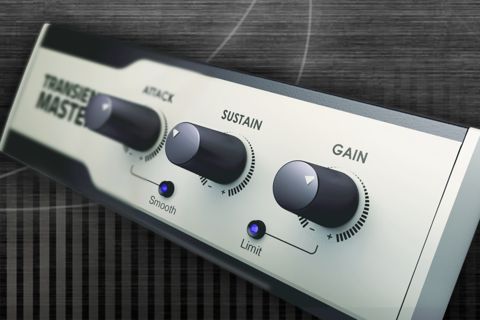5 ways to make your EDM Kicks Hit Harder
In EDM production, a powerful kick drum is essential for creating energy and drive in a track. More than any other element, the kick drum sets the foundation for most EDM tracks. It’s therefore vital that your EDM kicks stand out and hit with maximum impact. With this in mind, here are five essential tips for achieving that club-ready punch.
1: Sample Selection
Choosing the right EDM kick might seem obvious, but when you’re in the creative zone, it’s easy to rush through this step. Since the kick and associated drums form the backbone of most EDM tracks, investing time in sample selection is crucial. Good EDM kicks combine low-end weight with a punchy attack to cut through the mix. Starting with the right kick sample reduces the need for heavy processing later on, as the right sample should naturally deliver on punch and presence.
Your kick drum’s most important relationship is with your bass sound. If your bassline doesn’t sit well with the kick, don’t hesitate to revisit the kick choice and audition new samples. Curating and preparing a bank of top-tier kick samples in your DAW is a great workflow hack. This allows you to quickly find the perfect kick fit for any EDM situation.
And for countless killer kick samples at the most affordable rates online look no further than RouteNote Create.
2: Tune your EDM Kicks
Tuning your kicks is essential in EDM production. It helps give your EDM kicks a cohesive sound that helps it sit perfectly in your track. When the kick is tuned to the track’s key or harmonizes with the bassline, it can prevent unwanted dissonance and muddiness, especially in the low end. It’s this alignment between the kick and bass that’s so crucial in producing a sonically pleasing, professional sound to your mixes. Proper tuning of the kick and associated drums can enhance the overall musicality of your tracks, helping all of your elements, especially the bottom-end elements, work together rather than compete.

3: Use Sidechain Compression with the Bass
Sidechaining your kick and bass in EDM production is one of the most effective ways to achieve a clean, punchy mix where each element has space to shine. Simply add a sidechain compressor to the bass, and use the kick drums to trigger the compressors threshold on the bass channel. this momenterally lowers the volume of the bass each time the kick hits, preventing low-end frequencies from clashing. For this technique to work effectively it’s vital that your kick is tuned to the route key of your track (See above)
This technique not only enhances the kick’s presence and impact but also adds a rhythmic, “pumping” effect. This effect has become a staple in EDM. By adjusting the threshold and release of your compressor you can radically affect the sound of your tracks from subtle to an obvious pumping effect.
4: Shaping Transients
While most producers use compression to shape the dynamics of the kick, transient shapers can be a an equally effective tool. The transient relates to the initial attack of the kick, which is crucial in defining a kick’s impact and presence. By using transient shaping tools you can emphasize or even soften this attack to match the energy of your track.
Many transient shapers such as Native Instruments Transient Master and also allow you to control the tail of your sound. They can therefore either reduce or artificially increase a kick’s sustain. The length of a kick can have a dramatic effect on the sound of your EDM track. It is therefore very useful to be able to effect your kicks length in real-time.

5: Layer your EDM Kick for added Depth and Impact
Finally, layering kicks in EDM production allows you to combine different elements to achieve a fuller and chunkier sound. If a kick is lacking in a certain frequency you may be able to layer with a complementary layer. Alternatively, you can combine a favourite low-frequency sub-kick with a mid-range punchy kick to create a hybrib that represents the best of both drums. Don’t forget to tune both of these kicks to the root key and roll off the respective high and low frequencies.
Layering kicks in EDM production helps you create a fuller, more complex sound by combining different elements. If your kick is missing certain frequencies, rather than trying to fix through EQ why not layer it with a complementary sound to fill the gap. Alternatively, try blending a favourite deep sub-kick with a choice punchy mid-range kick to create a hybrid that encapsulates the strengths of both. just be sure to tune each kick to the track’s root key and filter unnecessary high or low frequencies from each layer to ensure they blend seamlessly without overlapping.
You can also use layering to introduce character or texture to a kick. For example, adding a click, some vinyl static or a subtle squeak can greatly enhance a kicks presence. These small, high-frequency elements help the kick cut through the mix, making it more distinct. A good example is the kick drum in “Bonkers” by Calvin Harris feat Dizzee Rascal. Harris incorporates a subtle kick pedal squeak. This layer adds oodles of character helping to really emphasise the kick in the track.
Remember – RouteNote Create subscriptions start from as little as $2.99. You also get 10 FREE credits to spend on samples along with access to our FREE sample pack bundle when you sign-up!
